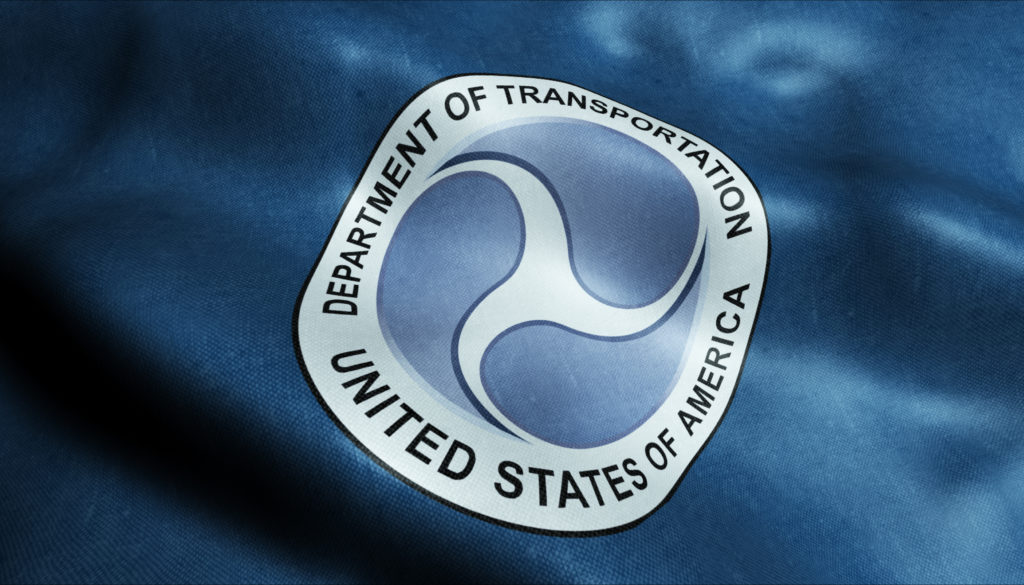
Under standards that have been in place since 1971, a driver is physically and legally qualified to operate a commercial motor vehicle if he or she has distant visual acuity of at least 20/40 in each eye without corrective lenses or visual acuity of 20/40 or better with corrective lenses. Additionally, he or she has had to have a field of vision of at least 70 degrees in each eye and be able to recognize the different colors in traffic signals, signs, and other safety devices. Now–that vision standard is being amended.
The new regulation would allow truckers not able to meet these federal vision standards of either field of vision, distant visual acuity, or both (in at least one eye) to be physically qualified to legally operate a commercial vehicle within interstate commerce.
“Currently, such individuals are prohibited from driving CMVs in interstate commerce unless they obtain an exemption from the Federal Motor Carrier Safety Administration,” said a recent Federal Register post. “The agency proposes an alternative vision standard for physical qualification that, if adopted, would replace the current vision exemption program as a basis for establishing the physical qualification determination for these individuals.”
Until now, a driver would have to request an exemption from FMCSA if he or she did not meet the vision standards. This process would often take months and require extensive paperwork–these drivers would have to be able to present evidence to FMCSA that they had driven a commercial motor vehicle in intrastate commerce safely, despite their vision deficiency, for the last three years.
Analysis of this recent driving performance is most important in determining future driving safety, as explained by various research studies that analyze past and future driving performance. According to the agency, 2,566 truck drivers currently hold a vision requirement exemption.
If approved and finalized, the new proposed policy change would require that any driver who cannot meet the field of vision or acuity standards must undergo an ophthalmologist or optometrist examination. This exam report would be forwarded to a truck driver medical examiner, who would then have the authority to make the final decision regarding whether or not this driver is fit to safely operate a commercial vehicle. Then, if approved, that driver can legally operate a CMV under a 12-month medical card.
This policy has been called a “performance-based approach.”
“It is well-recognized in the literature that individuals with vision loss in one eye can and do develop compensatory viewing behavior to mitigate the vision loss,” said FMCSA.
Under this proposal–which comes at a time in which the trucking industry has been grappling with a large truck driver shortage, especially with the increase in demand that arose during the pandemic–a truck driver that does not meet either the field of vision standard to distant visual acuity standard in at least one eye could be physically qualified to operate a commercial motor vehicle without having to be given an exemption.
“FMCSA estimates that the proposed rule would reduce barriers to entry for current and future CMV drivers,” said FMCSA. “The 2,566 drivers holding vision exemptions would no longer have to apply for an exemption, and potential driver applicants who do not have three years of intrastate driving experience may meet the alternative vision standard and be able to operate a CMV in interstate commerce.”
Drivers would need to complete and pass a road test before operating a CMV if they are now physically qualified for the alternative standard in their states under the new proposed regulation, with some limited exceptions.
Many safety advocates have been fighting against regulatory changes such as these, which tend to prioritize easier entrance into the trucking industry over actual road safety. This includes rules such as the updates made within hours-of-service regulations, which recently permitted truck drivers to operate at longer hours and choose how they spend and split up their rest breaks, allowing for drivers to become much more fatigued while operating their trucks.
The vision requirement proposal has indeed been officially published in the Federal Register, but could still be withdrawn by the Biden administration during a later regulatory review, as announced by the White House in its regulatory freeze memorandum.
FMCSA will be accepting public comments in regards to this new proposal until March 15th, 2021.




